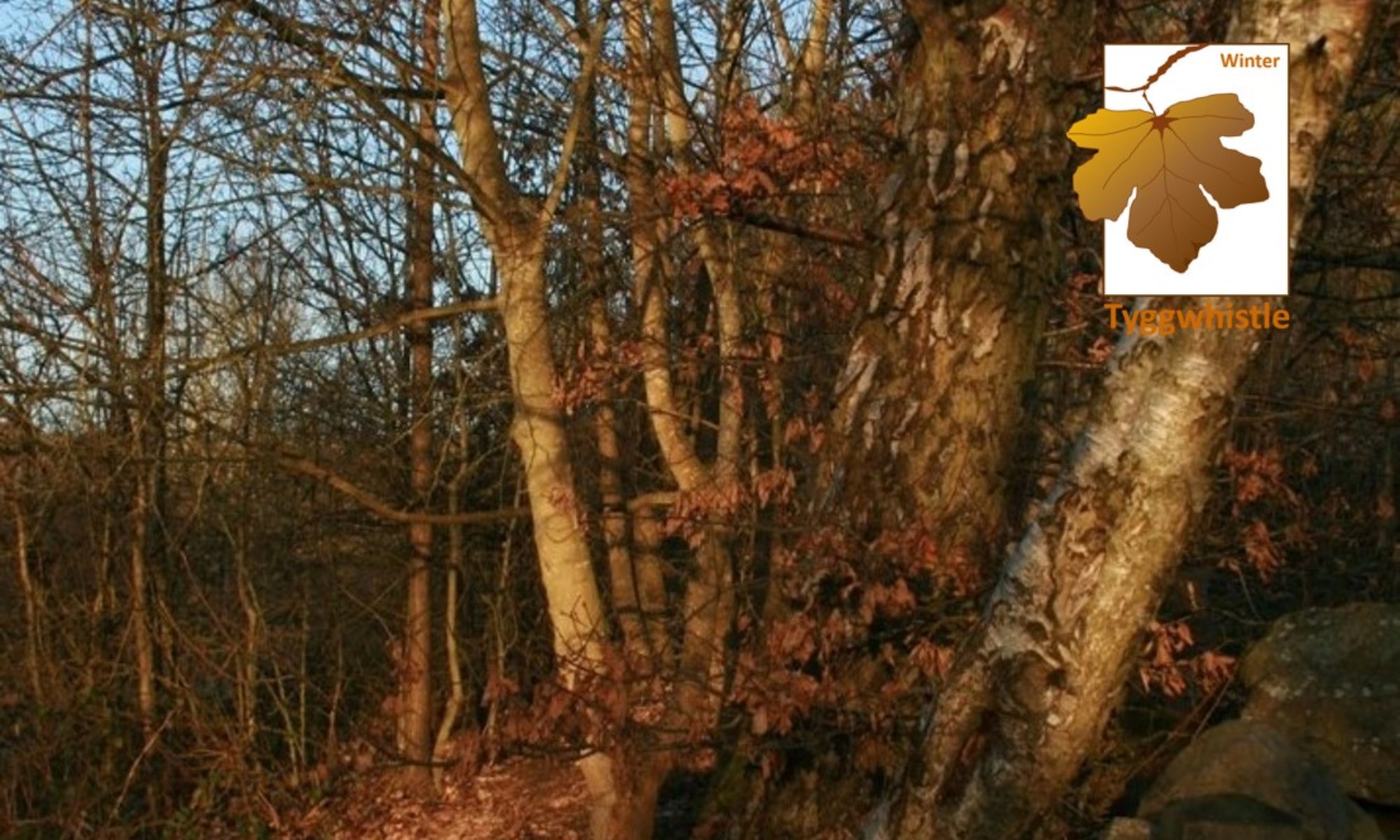Managing risk in a Forest School setting
Play has many benefits which encompass their social, emotional, physical and developmental needs. An important aspect of play is learning about hazards and how to manage the risk that these hazards create. Without exposure to risk, a child’s capacity to make meaningful choices is impaired and, in the longer term this can lead to either extreme risk taking or extreme caution.
The Play Safety Forum has published a useful position paper which sets out guidance on balancing the risks and benefits of play hazards. The paper highlights 3 factors which need to be taken in to account when assessing risk:
- the likelihood of coming to harm;
- the severity of that harm;
- the benefits, rewards or outcomes of the activity.
It is clear that good risk assessment is key to an effective framework for balancing the benefits and risks of Forest School activities.
The Tyggwhistle risk management process is underpinned by formal risk assessments for typical Forest School activities. The risk assessments are published in their entirety in the risk assessments section below.
However, risk management can not be confined to formal risk assessments. There are elements of the risk management process which are:
- structural – based on a detailed review of the site. This review assesses risks that are both evident to the child and those which are not evident. Wherever practicable, non-evident risks should be removed. Where this is not possible, the risk should be signposted and flagged in normal operating procedures. The Tyggwhistle Wood site risk/benefit assessment can be found on the Tyggwhistle Wood page.
- procedural – making children and participants aware of risk, through safety talks and standard working practices is a key part of keeping them safe. The training and briefing of staff to highlight risks and how to avoid them is another element of good risk management. You can find out more about the Tyggwhistle operating procedures on the Procedures drop-down on the information tab.
- dynamic – constantly reviewing and evaluating risk as a situation unfolds as well as adapting risk assessments to reflect the individual needs, limitations or circumstances of any individual.











